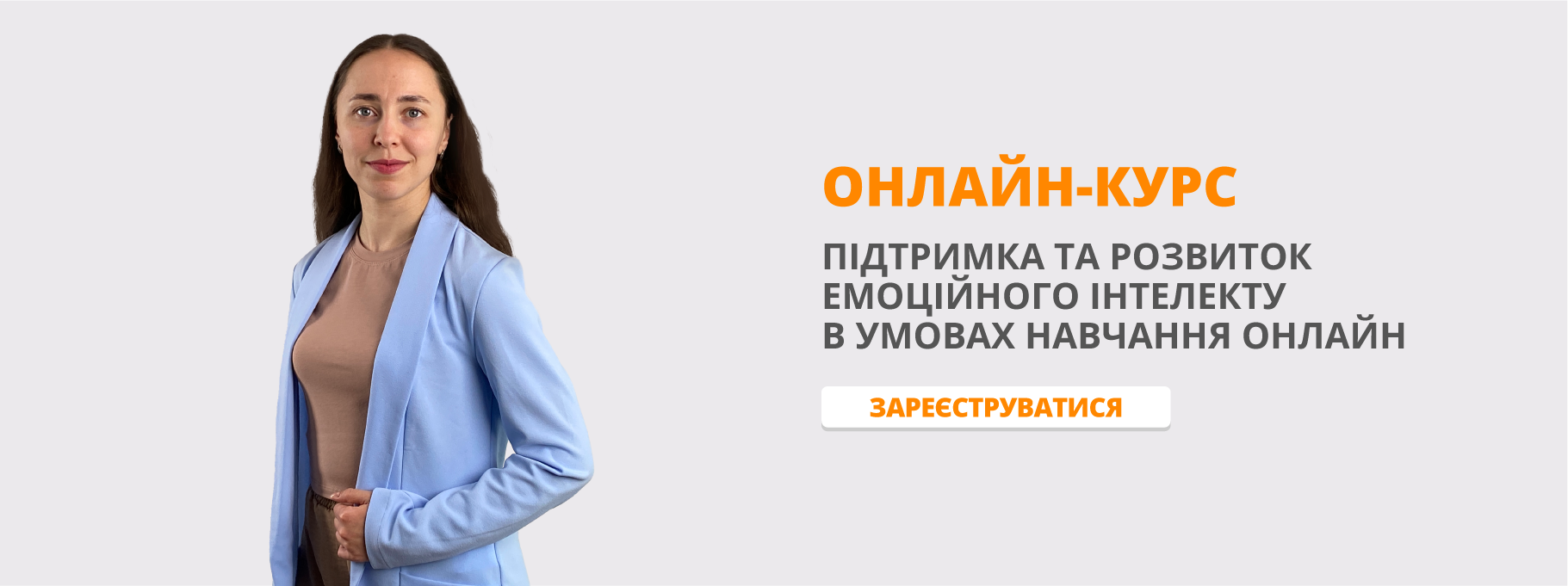Самостійна робота з англійської мови на тему "Self-Insuring"
Самостійна робота
Тема: Self-Insuring.
Вид контролю: письмове опитування.
Завдання
1. Прочитайте і письмово перекладіть текст.
Self-Insuring
Most risks cannot be avoided. There is always the chance of fire, theft, automobile accident, or injury. On the other hand, some companies are avoiding risk by not accepting hazardous jobs and by contracting out shipping and other functions to others. The threat of lawsuits has driven some drug companies from manufacturing vaccines and some consulting engineers refuse to work hazardous sites.
Other examples could be cited of doctors, municipalities, day-care centers, and other businesses, professionals, and nonprofit organizations avoiding risk by going out of business or ceasing services.
Many companies and municipalities have turned to self-insurance because they either can’t find or can’t afford conventional property/casualty policies. Such firms set aside money to cover routine claims, and buy only „catastrophe” policies to cover big losses. In other words, they lower the cost of insurance by paying for smaller losses and then taking out insurance for larger losses. The amount of the loss is managed this way. Hardee’s Food Systems, for example, uses this approach. It self-insures for losses up to $2 million and buys insurance against catastrophe.
Self-insurance is most appropriate when a firm has several widely distributed facilities. The risk from fire, theft, or other catastrophe is then more manageable. Firms with huge facilities, in which a major fire or earthquake could destroy the entire operation, usually turn to insurance companies to cover the risk.
One of the more risky strategies for self-insurance is for a company to pay claims strait out of their budget. The risk here is that the whole firm could go bankrupt over one claim, if the damages are high enough. A less risky alternative is the forming of „risk retention groups”– insurance pools that share similar risks. As many as 20,000 governmental entities are now self-insured, and two thirds of them have switched since 1985.
Once a company self-insures, it often does everything it can to eliminate risk. For example, one church camp began forbidding small children to ride large horses. Diving boards are eliminated from swimming pools in many areas across the country. As you can imagine, the real key to being successful at self-insurance is to beef up loss prevention programs substantially.
One consequence of the trend toward self-insurance is the failure of many insurance companies. Some 140 companies failed from 1969 to 1986 and more have failed since.
2. Дайте відповіді на наступні запитання до текста:
- How do companies lower the cost of insurance?
- What kind of companies is self-insurance most appropriate for?
- What is the reason for insurance companies’ failure?
Рекомендована література:
- Англійська мова для повсякденного спілкування: Підручник / В. К. Шпак, В. Я. Полулях, З. Ф. Кириченко та ін.; Ред. В. К. Шпака. – К.: Вища школа, 2005. – 302 с.
- Верба Т. В. Довідник з грамматики англійської мови. / Верба Т.В. – К.: Освіта, 1993. – 247 с.
- Virginia Evans, Jenny Dooley. Grammarway. Express Publishing. – 2009. – 278 p.


про публікацію авторської розробки
Додати розробку
